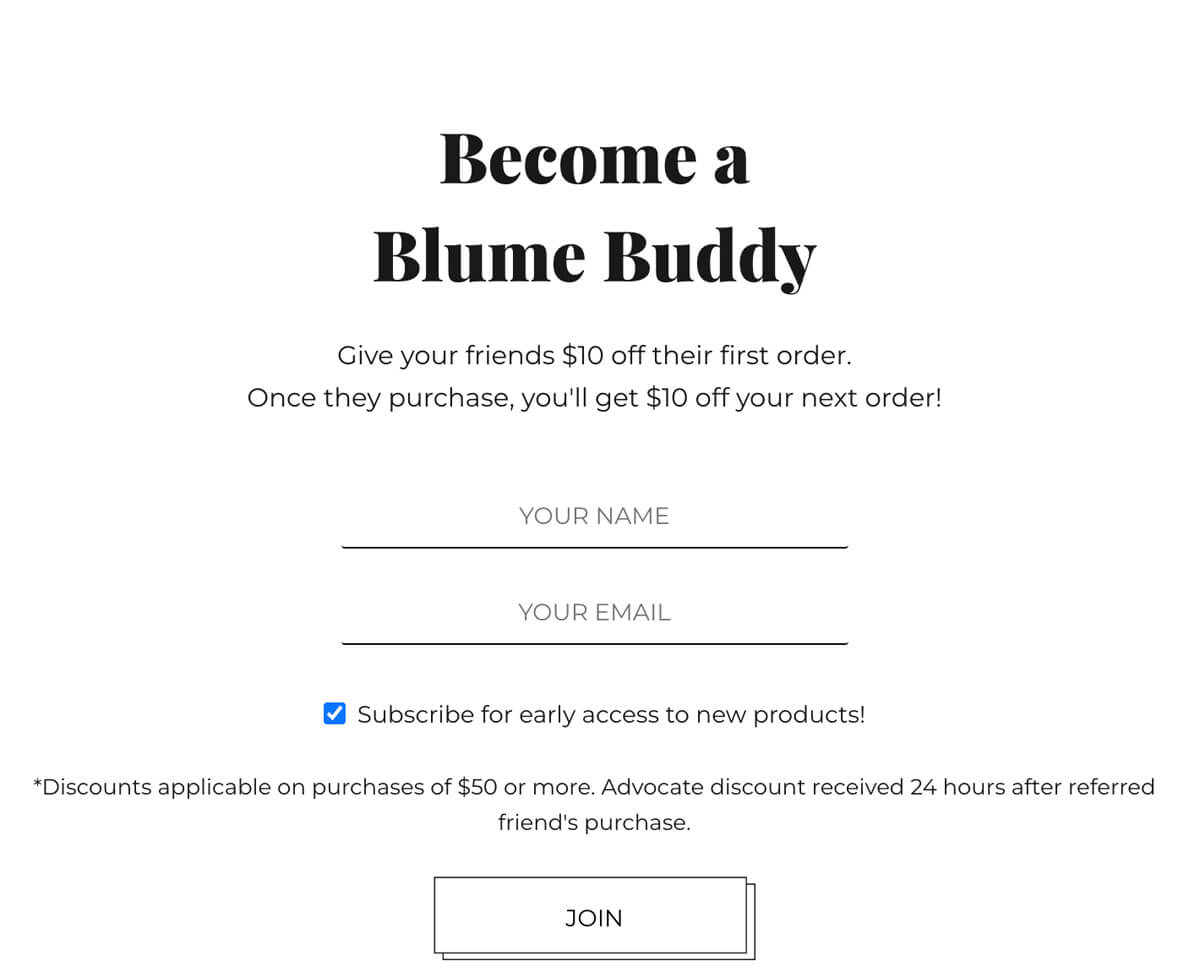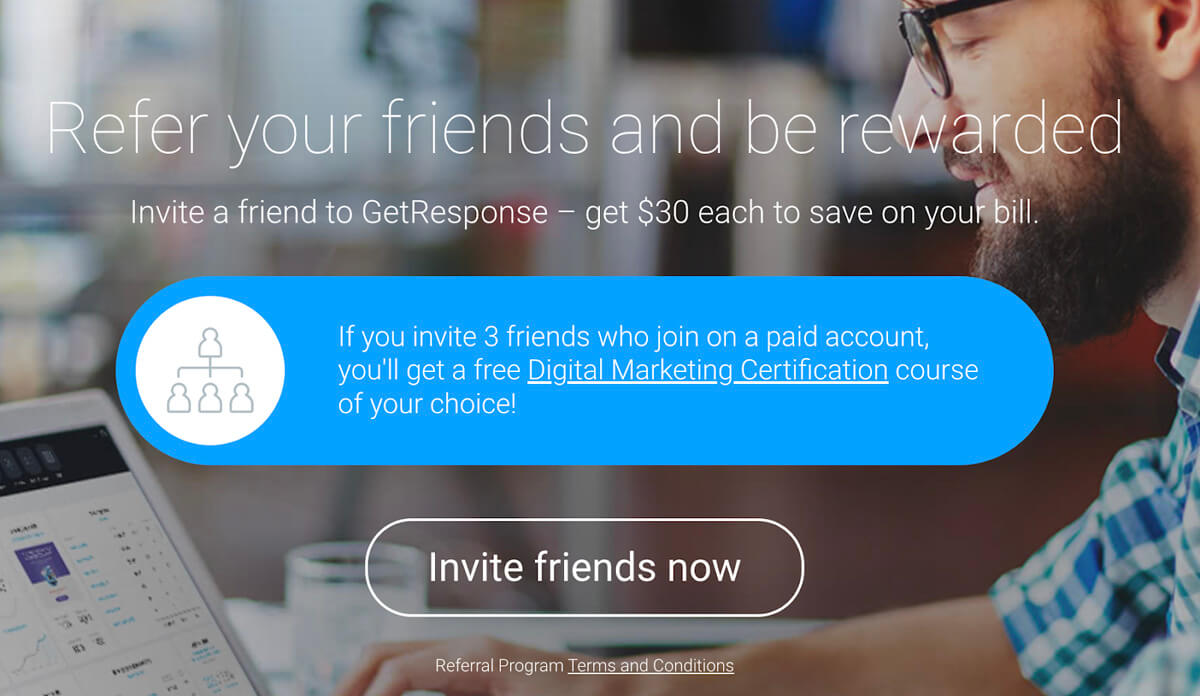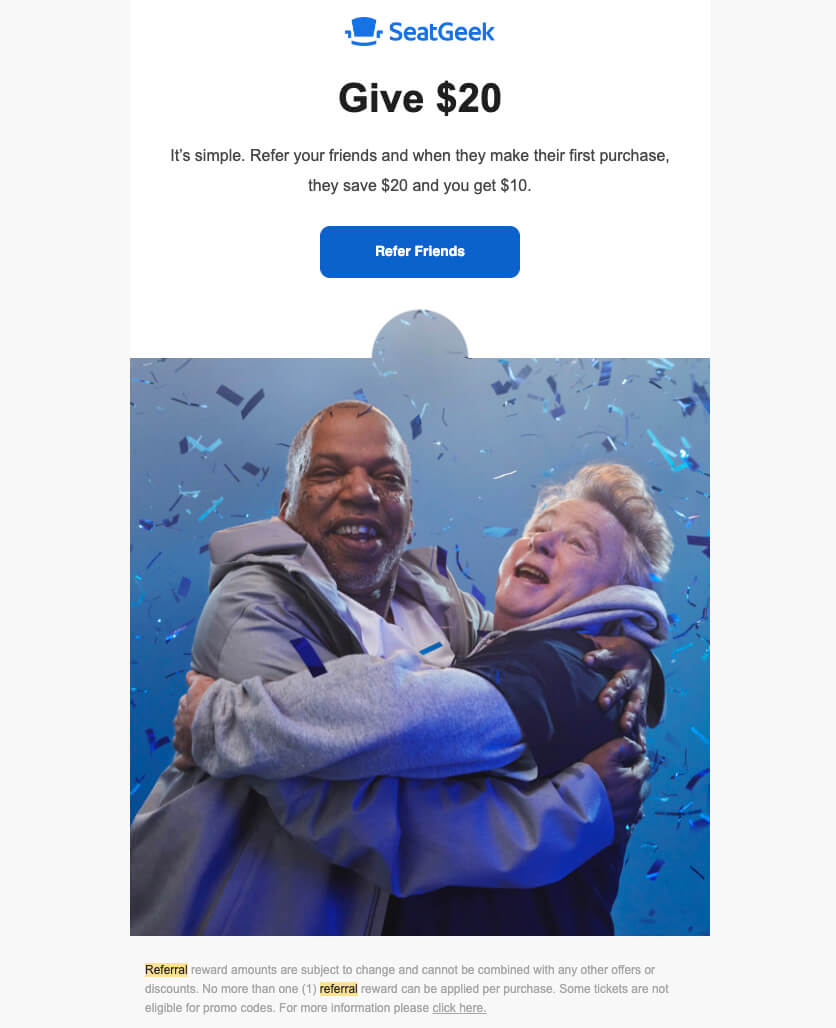Learn the differences between leads, prospects, and opportunities. Understand how to turn leads into prospects and opportunities.
Customer referrals are recommendations of your solution from satisfied customers to others in their network. Referrals allow potential customers to be identified for you, setting up your sales teams to immediately jump into engaging and nurturing them. Salespeople and marketers capitalize on positive customer experiences by establishing customer referral programs that offer existing clients incentives to refer others to your business.
Businesses receive customer referrals by providing a quality product or service and inspiring the client to suggest a new lead that’ll also benefit from using it. You can generate these referrals by asking directly post sale, earning one through word-of-mouth, or conducting customer experience surveys. Oftentimes, the best place to look for new clients is through your existing ones.
Referral marketing rewards customers for their retention, as well as builds new relationships through trust. A common way to encourage referrals is to launch a low-cost lead generation strategy called a referral program. Sellers and marketers work together setting parameters around incentives and requirements. Through the program, satisfied clients are encouraged to share your solution with their personal or professional network in exchange for that incentive.
To help determine what’s most appropriate for your business, reference how competitors in your industry source customer referrals. Use examples of programs you find attractive when building your own, even if they seem upsized for a company larger than yours. Ultimately, customer referral programs can be scaled up or down to meet your business exactly where you are. That way, you have a constant flow of new leads into your sales process with little effort on your part.
There are several benefits to creating a strong customer referral program for your business. Since sourcing referrals is typically low cost, seeing an increase in your brand credibility is a major reward. Implementing customer referrals into your lead generation strategies magnifies how much your customers engage with your business even after a sale. Your company outreach is also automatically expanded to your current customers’ network.
These are only a few of the benefits of building and implementing a consistent customer referral program. Once you create and monitor your customer referral program, you’re able to sit back and watch these warm leads and their benefits roll in. Next, we’ll give you the six steps to making your own program and funneling referrals into your sales pipeline.
Building a customer referral program from scratch first requires you to set some parameters around what you want to offer in exchange for the referrals, what is considered a qualified referral, and whether there are referral tiers or intervals. From there, decide where and when you’ll promote the rollout of your new program. And once a referral program is live, track and revise it as necessary.
Incentives are the method by which you payout or reward existing customers for their referrals. Double incentives are when the original client and the referred lead both receive a benefit. To choose an appropriate incentive type and scale for your business, establish what your campaign budget is by taking into account the average profit from each sale and the cost of your ideal incentive.
Possible incentives or rewards to offer include:
Keep in mind who your customers are when choosing an incentive. Refer back to your customer profile or buyer persona to understand what's perceived as truly valuable by your target audience. Also consider your industry and business type when imagining your client’s ideal incentive. A B2B client might prefer a hefty discount applied to their invoice, whereas a B2C client might like a free novelty.
Clearly describe what your company considers a qualified referral. Providing a name, phone number, and email address is technically a referral, but there isn’t much value there. Define the action referrals must take before the original customer receives the incentives, such as signing up for a demo, enrolling in a workshop, or making a purchase.
In the example below, Blume requires the lead who was referred to complete their first purchase before giving the $10 discount:

Make sure you clearly communicate these requirements when promoting this incentive program. Most referral program landing pages include a link to their company’s terms and conditions document to further legalize the agreement or even require a box to be checked that acknowledges them. This way, there’s proof of that disclosure and acknowledgement of your requirements.
Referral intervals are the set number of referrals it takes to receive the incentive or reward. In the case that you offer a highly valued incentive, including intervals where the customer has to refer two, three, or five people before they get it helps equalize the value of the incentive and the value of the referral.
GetResponse uses a referral interval of three, stating that number of referrals must join on a paid account before the original customer receives their incentive:

Using intervals in your referral program helps conserve funds. Set a referral interval immediately, or wait until you’ve measured results from your program before deciding to dial it back and require more referrals to receive a reward.
Since customer referrals are reliant on the engagement of your customers or clients, you’ll only see success with one if it’s promoted and marketed correctly. Once you have the mechanics and parameters of your program in place, it’s time to increase awareness and interest. Advertise your program through multiple channels to increase reach, but lead all links back to the same place to ensure consistent tracking.
Promote your referral program through multiple outlets such as:
Below is an example of SeatGeek’s email campaign promoting their referral program:

Your industry can also influence when you should promote customer referrals. If you have a season or time of year when business peaks, consider advertising your program a few months or weeks before your expected busy season. For example, an accounting firm might push for customer referrals leading into tax season to capitalize on their repeat customers returning.
If your business or referral program is small enough, you might be able to receive the referral’s contact information directly from your customer via word of mouth. For larger-scale programs, you can use tools such as landing pages, specialized links, or referral marketing software. No matter the tools, you’ll need to funnel the referrals into your sales CRM to track each lead and ensure they’re being engaged with and nurtured.
Some referral metrics to consider tracking include:
When your referral program is successful, a large quantity of referrals can flood your tracking system and you want to ensure none are lost or unaccounted for. Take care that each referral is walked through your sales process as any other lead would be.
Regularly review and analyze your customer referral program through monthly or quarterly check-ins. Monitor the overall cost, results, and necessity of the program to date and identify any trends. As your business grows, so should your incentive program. Don’t be shy to tweak details like intervals to ensure that it’s an efficient program.
Ask yourself these questions when reviewing your referral program:
In the case you’re losing money, implement stricter intervals or referral requirements. If you aren’t seeing the results you were expecting, consider A/B testing different incentives to see which is most motivating for referrers. And if you no longer see a necessity for the program, sunset the program and shift your focus to nurturing your current leads.
Following these steps along with your typical lead generation tactics will cushion your lead generation funnel by having leads sourced for you. Next, we’ll show some real-world examples of referral programs to inspire your own.
Looking at existing referral programs from other companies in your industry is a great place to start when making your own, especially since it’ll show you what incentives might be most appealing to your target audience. Below, we’ve highlighted effective real world examples from a variety of industries, including technology, automotive, telecom, and finance.
These examples showcase a variety of requirements that the customer has to meet before receiving any incentives. The incentives themselves also vary, from free storage space, money applied to your existing account, company perks, and even a donation in your name. Use these examples as guides when creating your own program, referencing their referral requirements, branding style, and instruction copy.
Funneling customer referrals into your sales process is like having a head start in a race. You’re supercharging customer acquisition and current customer value at the same time. New leads are being generated with insight into the credibility of your product or service with little effort and cost on your part. Next, learn how to qualify these newly referred leads by checking out our ultimate guide on lead qualification.